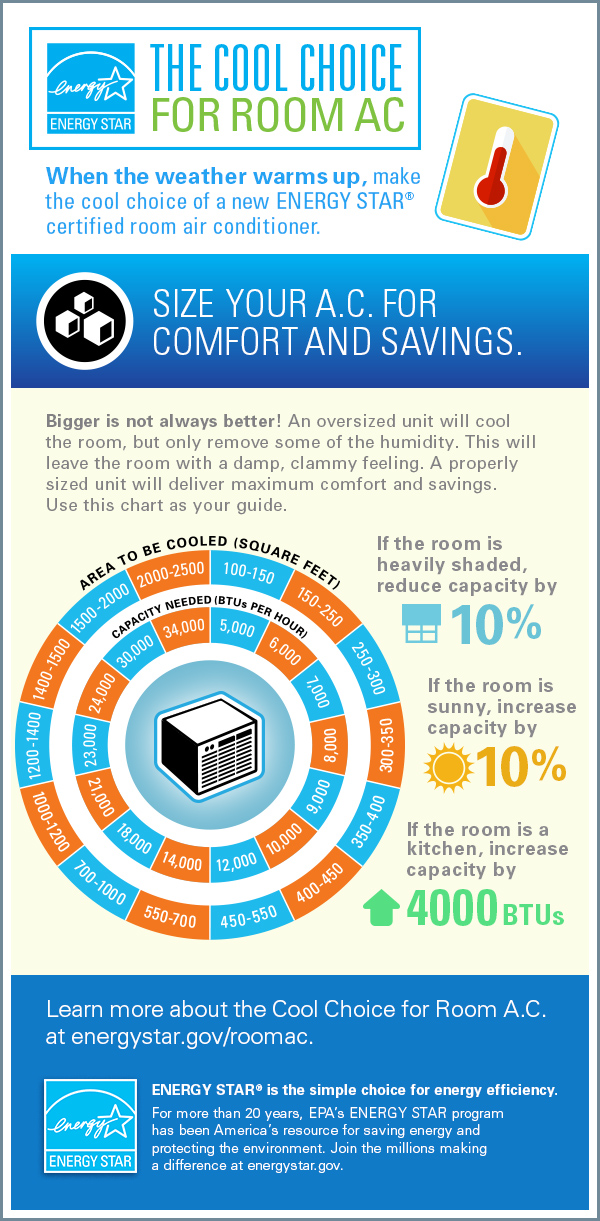The Ultimate Overview To Understanding Warmth Pumps - Exactly How Do They Work?
The Ultimate Overview To Understanding Warmth Pumps - Exactly How Do They Work?
Blog Article
Material Develop By-Roy Hanna
The best heat pumps can save you substantial amounts of money on power bills. simply click the following webpage can additionally help reduce greenhouse gas exhausts, particularly if you make use of electricity instead of nonrenewable fuel sources like lp and heating oil or electric-resistance furnaces.
Heatpump function significantly the same as ac system do. This makes them a sensible alternative to typical electric home furnace.
Exactly how They Function
Heatpump cool down homes in the summertime and, with a little assistance from electrical power or gas, they provide several of your home's home heating in the winter. They're a great option for people that wish to minimize their use of nonrenewable fuel sources yet aren't ready to replace their existing heating system and air conditioning system.
They depend on the physical fact that even in air that seems also cold, there's still energy existing: cozy air is always moving, and it wishes to relocate into cooler, lower-pressure environments like your home.
The majority of power STAR certified heat pumps operate at near to their heating or cooling capacity throughout the majority of the year, reducing on/off biking and saving power. For the best performance, concentrate on systems with a high SEER and HSPF ranking.
The Compressor
The heart of the heatpump is the compressor, which is additionally called an air compressor. This mechanical moving device uses prospective power from power production to enhance the pressure of a gas by minimizing its volume. It is different from a pump because it just deals with gases and can't work with liquids, as pumps do.
Atmospheric air goes into the compressor via an inlet shutoff. It circumnavigates vane-mounted arms with self-adjusting length that separate the interior of the compressor, producing several dental caries of varying size. The rotor's spin forces these dental caries to move in and out of phase with each other, compressing the air.
The compressor reels in the low-temperature, high-pressure refrigerant vapor from the evaporator and compresses it into the warm, pressurized state of a gas. This procedure is repeated as required to provide home heating or air conditioning as needed. The compressor also consists of a desuperheater coil that reuses the waste warm and adds superheat to the cooling agent, altering it from its fluid to vapor state.
The Evaporator
The evaporator in heat pumps does the same thing as it does in refrigerators and air conditioners, transforming liquid cooling agent right into an aeriform vapor that removes heat from the area. Read the Full Document would certainly not work without this critical tool.
This part of the system lies inside your home or building in an interior air trainer, which can be either a ducted or ductless device. It contains an evaporator coil and the compressor that compresses the low-pressure vapor from the evaporator to high pressure gas.
Heat pumps soak up ambient warm from the air, and after that use electrical power to move that warmth to a home or service in home heating setting. That makes them a lot more energy reliable than electric heating units or furnaces, and because they're using tidy electricity from the grid (and not shedding fuel), they likewise generate much less discharges. That's why heatpump are such fantastic environmental selections. (As well as a substantial reason they're ending up being so prominent.).
The Thermostat.
Heatpump are fantastic choices for homes in cold environments, and you can use them in mix with traditional duct-based systems or even go ductless. They're a fantastic alternative to nonrenewable fuel source heating systems or standard electrical furnaces, and they're much more sustainable than oil, gas or nuclear heating and cooling devices.
Your thermostat is the most vital part of your heatpump system, and it works very in a different way than a conventional thermostat. heat pump supply and install (all non-electronic ones) work by using substances that alter size with boosting temperature level, like curled bimetallic strips or the increasing wax in an auto radiator valve.
These strips consist of 2 different kinds of metal, and they're bolted with each other to develop a bridge that completes an electric circuit attached to your a/c system. As the strip gets warmer, one side of the bridge expands faster than the other, which causes it to flex and signify that the heater is needed. When the heatpump remains in home heating setting, the turning around valve turns around the circulation of cooling agent, so that the outside coil now operates as an evaporator and the indoor cyndrical tube becomes a condenser.